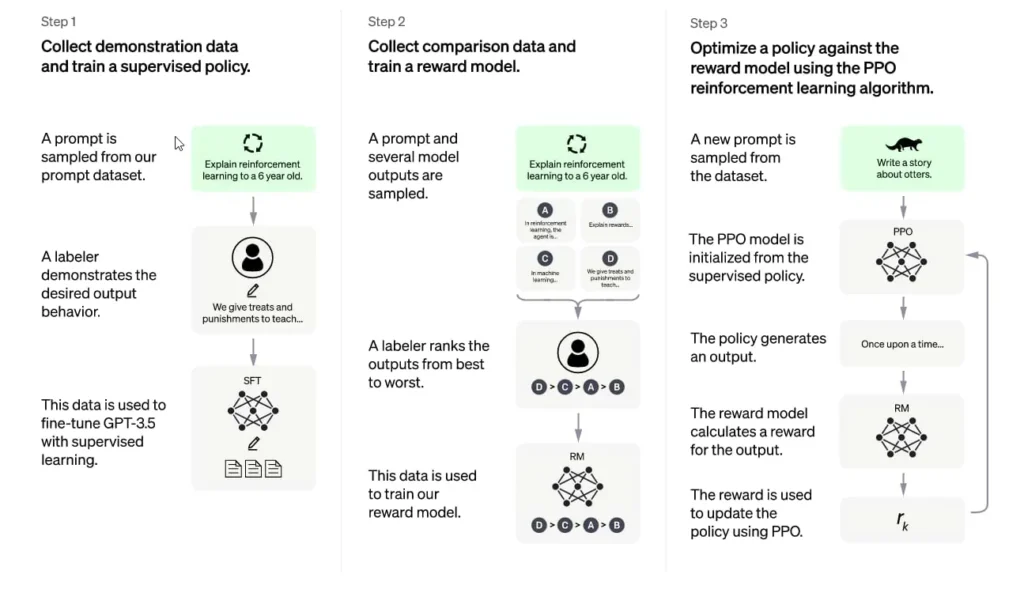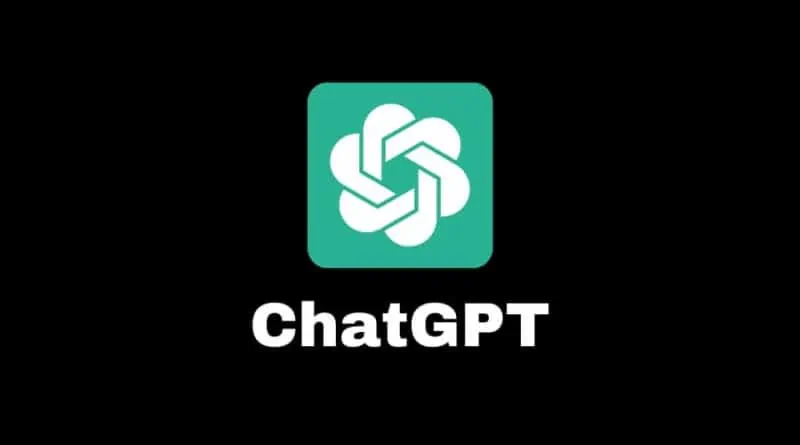Perhaps the most exciting and promising demonstration of artificial technology has been the recent release of ChatGPT.
ChatGPT is an artificial intelligence driven chatbot natural language processing tool that simulates human conversation. GPT stands for “generative pre-trained transformer“.
Let’s learn more about this incredible and interesting development, which will impact our lives for decades to come.
OpenAI and ChatGPT
OpenAI, the creators of ChatGPT, was founded by Sam Altman and Elon Musk in 2015. As of 2019 Microsoft invested $1 billion in OpenAI with plans to invest $10 billion.
ChatGPT was created by OpenAI and launched in November, 2022. It reached 1 million users only 5 days after launch. As of January, 2023 it had 100 million users, making it the fastest growing app of all time, having now gone viral. It has over 25 million daily users.
By way of comparison, TikTok took 9 months to hit 100 million users, Instagram took 2.5 years, and Google and Facebook took 5 years each to reach that milestone.
Revenue growth for ChatGPT is projected to grow to $200 million in 2023 and $1 billion in 2024.
What does ChatGPT do?
ChatGPT is artificial intelligence structured to enable a conversational interaction and response with the user of the application with human-like answers in a natural language.
It can provide written computer code or debug computer programs. It can write essays or play games or compose music or provide text based content. It can summarize text or provide synopses and can also analyze input and generate a video within seconds using video GPT.
Simply put, it will provide textual responses to your queries, which may be short or long depending on the context of your requests.
How does it work?
An extremely thorough, comprehensive and technical analysis of how ChatGPT works is provided by Stephen Wolfram. I will not even attempt to provide a synopsis here of what Stephen discusses as that would not do his work, or that of ChatGPT, justice.
In the most simplistic terms, as Stephen states, “The basic concept of ChatGPT is at some level rather simple. Start from a huge sample of human-created text from the web, books, etc. Then train a neural net to generate text that’s “like this”. And in particular, make it able to start from a “prompt” and then continue with text that’s “like what it’s been trained with.”
Needless to say the depth of technological and scientific expertise and innovation that gone into the development and inner workings of ChatGPT are extremely impressive.
How was ChatGPT Trained?

Advantages and Disadvantages
As with many technological advances there are advantages and disadvantages, promoters and detractors. Let’s discuss a few of those implications.
Given the high user acceptance there has been a heavy load on the ChatGPT servers for its free version. That may mean that users may have difficulty in getting access due to these capacity limitations.
The program is only as good as the training data that has been programmed into the application. The model may not understand your question and may give a response which may be incorrect or inappropriate or reflect algorithmic bias. The challenge is that the responses can look so authoritative as to appear accurate.
More work needs to be done to increase its knowledge base and the accuracy of its responses.
The information in ChatGPT is only up to date as of 2021 with a limited knowledge base thereafter, for now. ChatGPT cannot access the internet. As such its knowledge base is only the text that it was trained on.
Academia has a lot of concern with this type of technology in general. The ability for students to use this application to do their work for them, in a manner which looks human generated, poses a challenge for teachers and professors to know whether the writing and work was actually created by their students through their own efforts.
Like many things there is the risk of ChatGPT being use for nefarious purposes. It is capable of writing malware, ransomware, or phishing emails which creates a cybersecurity problem to say the very least.
Competitive Response
This is certainly a challenge to traditional search engines such as Google and has caused Google to respond quickly. On the surface you can see how an application like ChatGPT provides output that goes far beyond what a search engine like Google is currently able to offer.
“Google has been attempting what ChatGPT can do now for decades, and the chatbot reportedly set off a “code red” within Google. In response, the company announced it would slowly roll out its rival Google Bard AI, which will be integrated into search over time,” according to Digitaltrends.com.
Given its past and future investments in OpenAI, Microsoft is planning to bring ChatGPT into Bing and its Edge browser. This holds the promise of Microsoft moving ahead of its competition given the proliferation of its software applications and the revolutionary potential for ChatGPT.
Conclusion
Artificial Intelligence has made tremendous strides, as we are now experiencing with the excitement surrounding ChatGPT. Any problems and limitations with the application will be improved and mitigated over time.
For my part I would think that connecting the knowledge base of this application to the internet would solve the problems of having access to all available, up to date information, enabling it to provide the best possible responses and experience.
What is true is that we will see more of this type of application and it will come to define our view of search engines and interaction with the internet for the future.


Yo,great explanation on chat gpt but lets not forget that now days students are in danger,they can get caught by AI detectors!!Thats why i recommend this new AI paraphrasing tool which is called Netus AI.